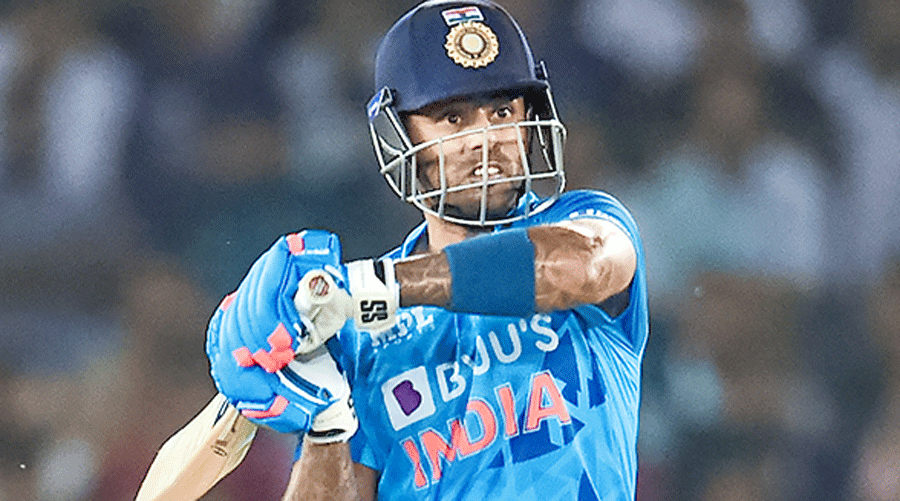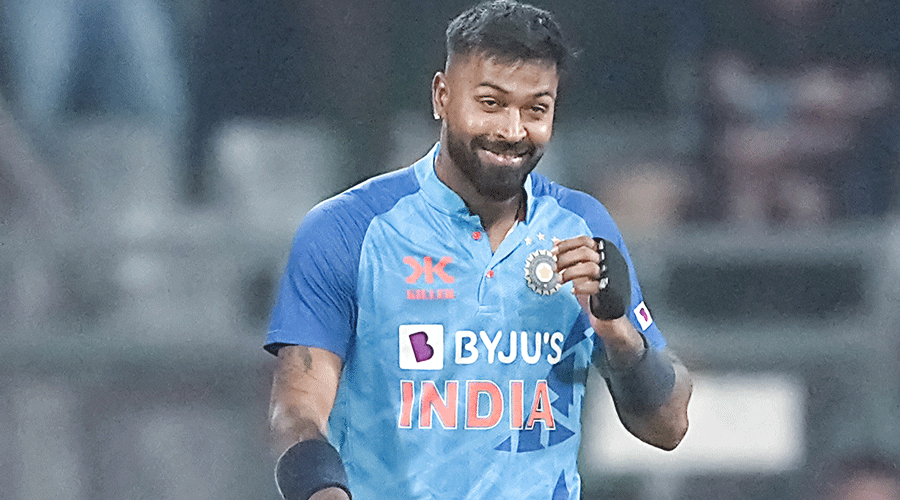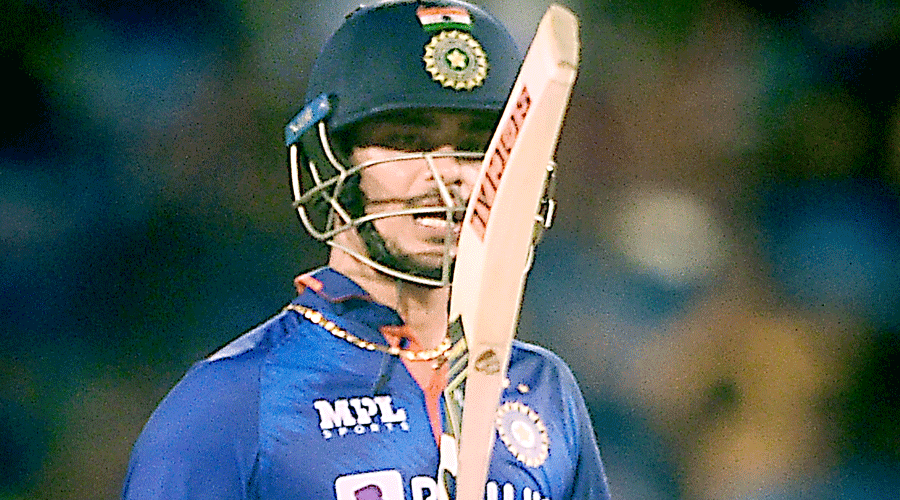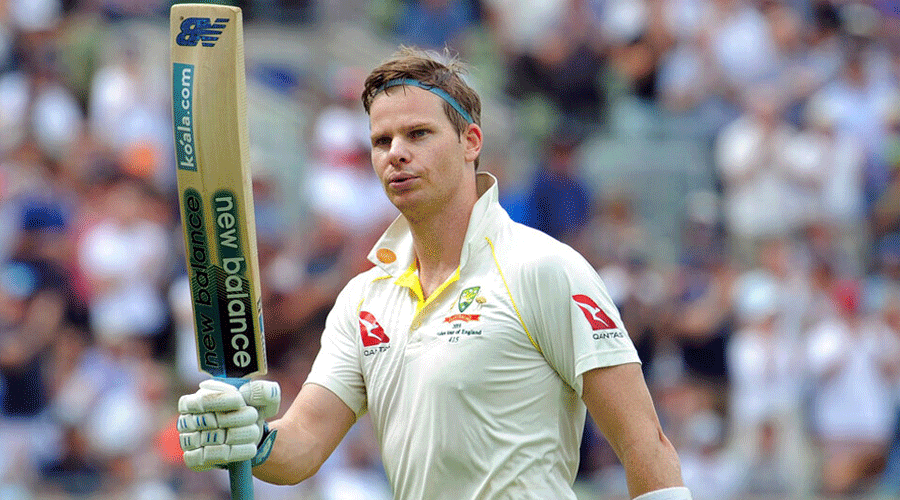A T20I bilateral series in a ODI World Cup year could seem out of sorts but two closely fought matches have put the teams on an even keel. Saturday’s finale in Rajkot could set the tone for the ODI series that will follow.
The last time India lost a bilateral T20I series at home was in 2019 when Australia beat them 2-0. They have been on an 11-series unbeaten streak since while Sri Lanka will aim to record their first T20I series win in India in six attempts.
Asia Cup champions Sri Lanka have put up an entertaining show in the two matches and another close contest cannot be ruled out. The visitors are determined to put behind their World Cup disappointment and start afresh.

Suryakumar Yadav. File picture
Kusal Mendis and Dasun Shanaka are capable of tearing into the opposition bowlers while their bowling will be led by spinners Wanindu Hasaranga and Maheesh Theekshana. If their pacer click, as they did in Pune, India will get the going tough.
Shanaka loves playing against India and has been in superb form. After his 47 off 27 balls in the opener, he smashed the fastest T20I half-century by a Sri Lanka batter before picking up two wickets in the final over to seal the win on Thursday.

Hardik Pandya. File picture
India, on the other hand, will look to find a way out of the top-order collapse that has troubled them in both the matches. Ishan Kishan failed to replicate his consistency on Thursday. But the young side has players who’ve ‘been there, done that’ in the high-pressure situations of the IPL.
The Indian bowling hasn’t also been at their best with left-arm pacer Arshdeep Singh, who returned to the playing XI after a spell of injuries, bowling as many as five no-balls in his two overs on Thursday. He stepped over the line three times on the trot in his first over, making him the first India bowler to bowl hattrick of no-balls in a T20I.
Mavi, who made a sensational T20I debut in the opening game, and Arshdeep Singh added to the no ball count as skipper Hardik Pandya was forced to rely on his spinners. Umran Malik, despite his stinging pace, failed to make an impact in the second game.
Saturday’s contest will be about the young guns like Ishan and Umran whose contributions could decide the course of the game. A mistake or two will happen but it is about keeping faith on them, a point stressed by Rahul Dravid.

Umran Malik. File picture
“The young kids will have games like this at times, and I think we all need to be patient with them, (but) we need to be understanding that games like this can’t happen,” the head coach said. “I think as they’re learning, it’s tough. It’s not easy learning in international cricket. You have to learn on the job. I think we’re going to have to have a little bit of patience with these guys.”
“They are improving and keep working hard. We are trying to support them technically with whatever we can in terms of support and creating the right environment for them to be able to get the best out of their skill. It is tough.”
Dravid accepted Sri Lanka are a formidable opponent. “They have got a pretty experienced T20I side in this series. From the World Cup, they haven’t made too many changes to their playing XI. They’ve got some class players. They’ve got a couple of very good spinners, they have got power-hitters at the backend of the game.”

Arshdeep Singh. File picture
Dravid insisted that too much should not be read into the pacers’ performance, with India experimenting with as many youngsters as possible.
“The good thing is this year since the focus is on the 50-over World Cup, and the World Test Championships, at least the T20 games that we have, it gives us an opportunity to try out a lot of youngsters,” he said.
Dravid also defended his side’s decision to bowl first in the second T20I, by pointing out that there was a lot of dew towards the end of the game. Similar conditions are also expected in Rajkot.
“The amount of dew there was at the back-end... it’s just that we lost a few wickets in the chase,” he reasoned. “If we had a few wickets in hand, I think we would have… we got close already.
“You cannot go on past history. It looked like a really good wicket, to be honest. It did a little bit for the fast bowlers if you pitched it in the right areas with the new ball.
“But other than that, I thought it was a good wicket. They played well to get to 207 (206), we made some mistakes with the ball. And even though we lost that many wickets, we ran them really close.
Rajkot has always been about scoring big across formats. In the four T20Is played there, two wins have come while batting first, the other two while bowling first. But runs could well determine the winner on Saturday.












